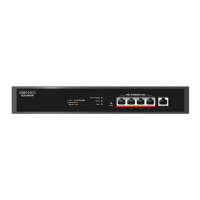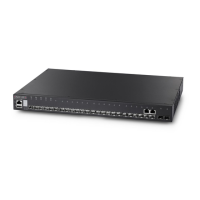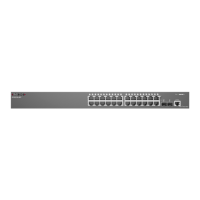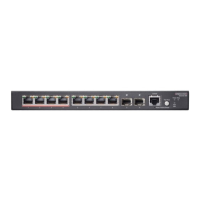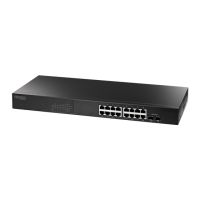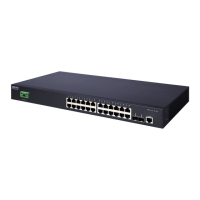C
HAPTER
9
| Congestion Control
Storm Control
– 230 –
You can protect your network from traffic storms by setting a threshold for
broadcast, multicast or unknown unicast traffic. Any packets exceeding the
specified threshold will then be dropped.
CLI REFERENCES
◆ "switchport packet-rate" on page 737
COMMAND USAGE
◆ Storm Control is disabled by default.
◆ Broadcast control does not effect IP multicast traffic.
◆ When traffic exceeds the threshold specified for broadcast and
multicast or unknown unicast traffic, packets exceeding the threshold
are dropped until the rate falls back down beneath the threshold.
◆ Storm control is a hardware level function. Traffic storms can also be
controlled at the software level using automatic storm control which
triggers various control responses (see "Automatic Traffic Control" on
page 232). However, only one of these control types can be applied to a
port. Enabling hardware-level storm control on a port will disable
automatic storm control on that port.
◆ Rate limits set by the storm control function are also used by automatic
storm control when the control response is set to rate control on the
Auto Traffic Control (Configure Interface) page.
◆ Using both rate limiting and storm control on the same interface may
lead to unexpected results. For example, suppose broadcast storm
control is set to 5000 Kbps, and
the rate limit is set to 100000 Kbps
on
a Gigabit Ethernet port. Since 200000 Kbps is 1/5 of line speed, the
received rate will actually be 1000 Kbps, or 1/5 of the 5000 Kbps limit
set by the storm control command. It is therefore not advisable to use
both of these commands on the same interface.
◆ The description of effective rate limiting (see Command Usage under
"Rate Limiting" on page 227) also applies to storm control.
N
OTE
:
Due to a chip limitation, the switch supports only one limit for both
ingress rate limiting and storm control (including broadcast unknown
unicast, multicast, and broadcast storms).
PARAMETERS
These parameters are displayed:
◆ Interface – Displays a list of ports or trunks.
◆ Type – Indicates interface type. (100Base-TX, 1000Base-T or SFP)
◆ Unknown Unicast – Specifies storm control for unknown unicast
traffic.
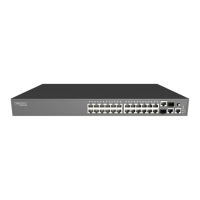
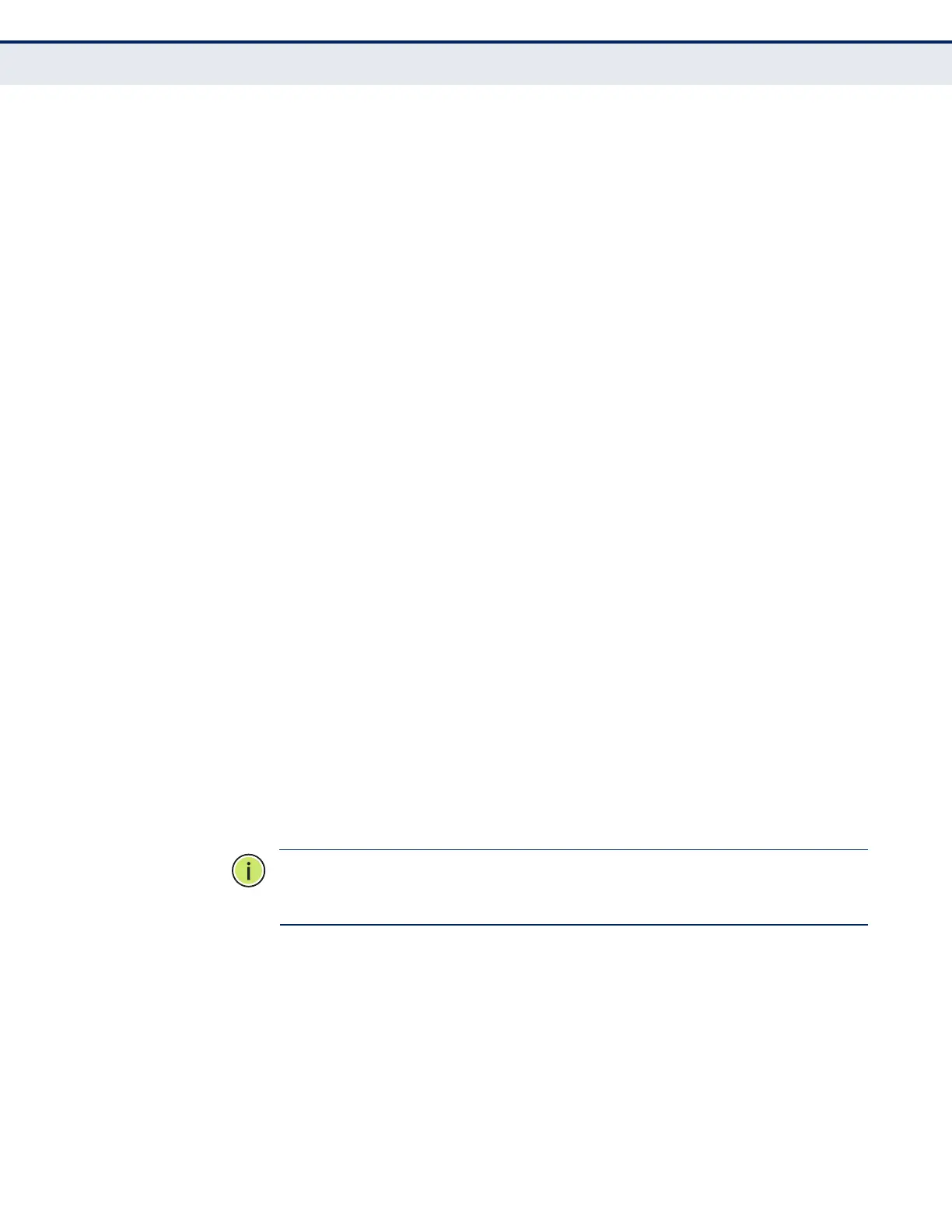